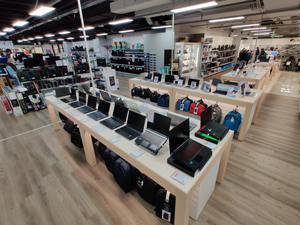


Just outside of the historical centre, we suggest you visit the Gallerie di Piedicastello and the Gianni Caproni Aviation Museum. In this space, stuffed animals float on suspended platforms: from the majestic skeleton of a whale, to animals of the woods and birds that live high in the mountains. Inside, you will be surprised by the vertical height of the halls embracing the “Big Void” that connects all the floors of the museum. From the outside, you can admire an impressive work of architecture, with a profile that echoes the surrounding mountains. Here, in a green meadow embraced by the mountains, lies the Muse, the famous museum of natural science, designed by starchitect Renzo Piano. In fact, the next stop will lead you to the innovative Le Albere district, about twelve minutes on foot from the historical centre. Don’t forget to visit Torre dell’Aquila: the walls of the tower depict the Cycle of Months, a precious testimony of Gothic art.Ī voyage between art and history, as well as science and architecture. For centuries, the castle was home to the prince bishops of Trento, and today it hosts numerous art and archaeology collections, as well as contemporary exhibitions. Now you can walk around the fountain to admire the beautiful Renaissance frescoes on the Cazuffi Rella homes, focused on the themes of Justice and Luck.Īfter sipping a coffee at one of the bars overlooking the piazza, you can decide whether to visit the Duomo or to walk along Via Belenzani, to admire the frescoes of Palazzo Alberti Colico, Palazzo Thun, and Palazzo Geremia.Īnother stop in Trento must necessarily be at Castello del Buonconsiglio, an elegant and robustly fortified castle, a ten-minute walk from the piazza. On its left hand side, with castellated walls and the high Torre Civica, lies Palazzo Pretorio, home of the Diocesan Museum of Trento.

Here, you can stop under the Fountain of Neptune for a photo of the impressive Duomo of Trento, with the mountains in the background. If you are coming to Trento for the first time, the first thing we suggest you do is to reach Piazza Duomo (it takes ten minutes from the station on foot). As far as nature is concerned, just take a look around: massive mountains embrace your gaze, trees and parks make the city centre breathe, and the Sardagna waterfall makes the view of the city unique. Culture is alive thanks to the prestigious University, to the MUSE - the world famous museum of natural science, to the Castello del Buonconsiglio, to the precious Museo Diocesano, and to many other museums and historical sites worth visiting. The history is that of the prince bishops, for centuries unrivalled signori of this flourishing city, a meeting point between the Mediterranean and continental worlds, which in the Sixteenth century hosted the famous ecumenical Council. History, culture and nature: these are the three pillars that form the foundation of Trento: a city with about 117,000 inhabitants and the capital city of Trentino-Alto Adige.


 0 kommentar(er)
0 kommentar(er)
